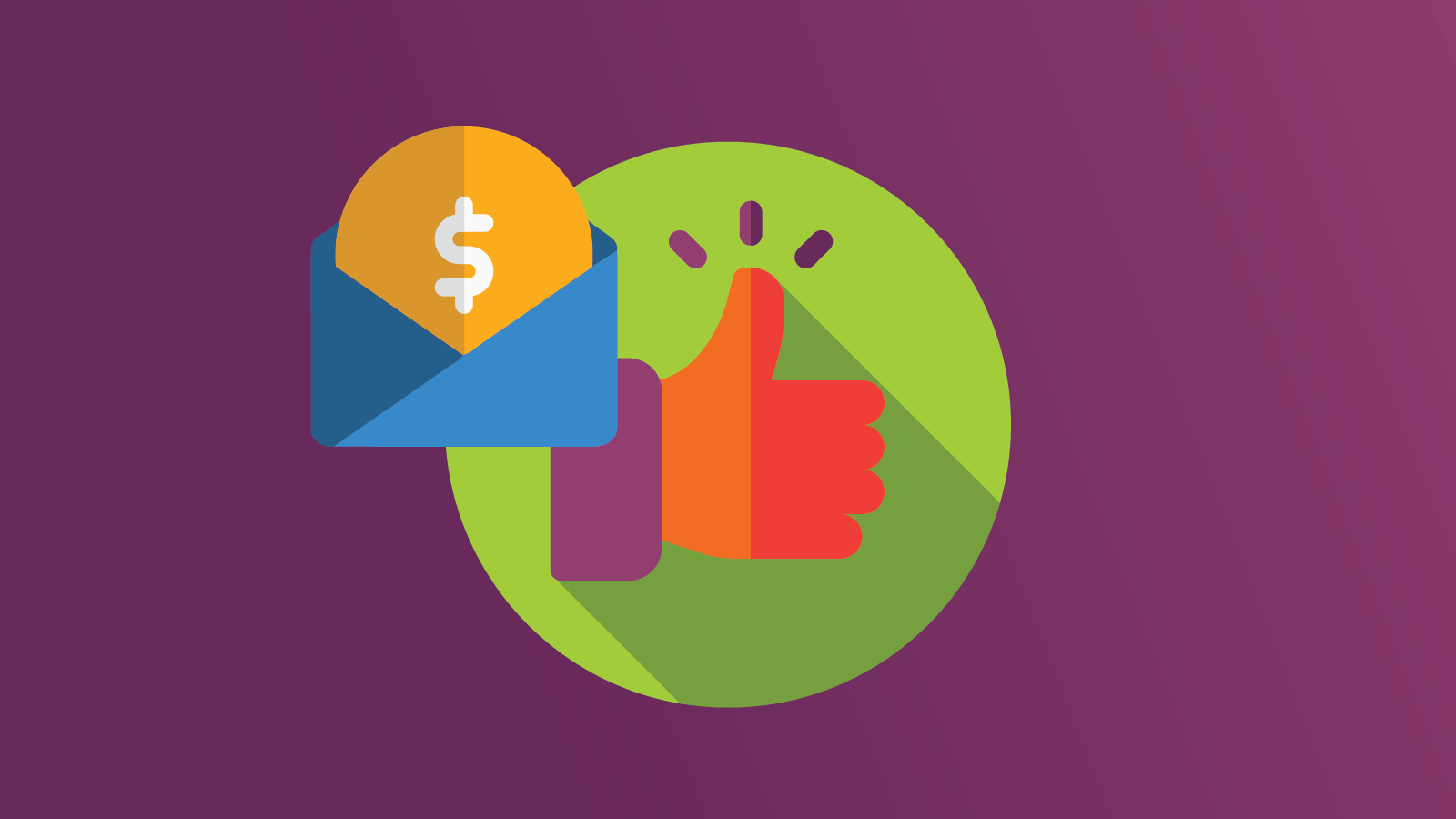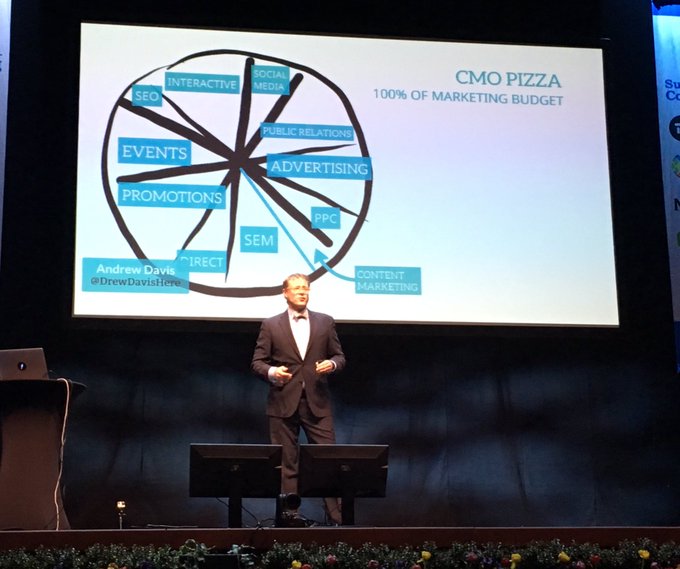Email Marketing
Why Successful Marketers Always Invest in Email Marketing

Email Marketing

In the world of digital marketing, there are plenty of ways to spend your budget. However, deciding exactly where to focus your time, resources, and money isn’t always easy.
How much should you spend on PPC, display ads, and social media promotion? What tools should be part of your marketing technology stack? Should you hire an SEO consultant? Does the website need a design overhaul? Do we need to produce more video content? Should the company be holding virtual events? Why isn’t our brand on TikTok yet?!?!
Sometimes, the choice to invest in email marketing gets overshadowed by the many other channels that are available to us. It’s shiny object syndrome at its finest. Marketer, best-selling author, and keynote speaker Andrew Davis calls it the “CMO pizza.”
If your marketing budget were a pizza, the more you slice things up the smaller the pieces get. And, there are tons of ways to slice things these days. Marketing teams must decide which channels deserve a bigger slice. Find out more in Andrew Davis’s 2019 Content Marketing World Presentation.

Our 2020 report, Success in the Inbox: Keys to Effective Email Marketing, questioned hundreds of marketing leaders on their plans to invest in email. The survey revealed that only 6% did not plan to invest in email. Another 10% of marketers were planning to start investing in email.
More than half of those surveyed said they planned to invest marginally in email marketing while 30% called their plans to invest in email “significant.” That means more than 90% of marketing teams plan to make room in their budgets for email.

Our report states that dedicating a significant portion of annual budgets towards email marketing is standard practice for top-tier programs. That’s because email has consistently proven to be effective, and marketing teams can provide data to prove it:
Investing in email has increased, in part because marketers have been able to demonstrate success and to show that email works. Email has been around long enough that most executives understand this … Over and over again, we see that enterprise-class companies invest heavily in automation, sophisticated data integrations, and segmentation.
Email is different from other marketing channels in some key ways:
You can’t really say the same things about traditional advertising, digital ads, cold calling, or even social media and PR.
There are plenty of ways to raise awareness at the top of the funnel. But is that the only thing you need? Email is the channel that’s most likely to move your prospects across the finish line to becoming paying customers.
Marketing budgets can change considerably from year to year for a variety of reasons. Sometimes adjustments are made to help meet business goals. Other times, new leadership comes in and chooses to spend more in some areas while cutting the budget in others. And sometimes, we have years like 2020 when everything gets thrown for a loop.
To help email teams get the most out of the budget they have to work with, we asked a group of industry experts for some nuggets of wisdom. You can find their answers in our exclusive eBook, Maximizing Your Email Marketing Budget.
Here are a few insights from some of the contributors:
If you’re dealing with executives who take the impact of email marketing for granted, Ryan Phelan of Origin Email says you need to dig into your data to show the results before you ask for more.
“If you want to maximize your budget, you need to start in the middle of last year to push the message that your channel is the ‘bomb’ and does better than any other channel across the board in every metric … This is even more critical in the post-COVID era. Email was the channel that many companies used to keep in-touch where other channels went silent.”

He thinks email marketers shouldn’t be ashamed to brag a little bit about how they contribute to their organization’s success.
If your department has the ability to invest in email marketing, Karen Talavera of Synchronicity Marketing says you should evaluate what options will have the biggest impact before you start spending. She says it’s not about where you’re getting the best deal, it’s what adds the most value.
“While arguably the largest email marketing expense other than staff is often the ESP, too many brands waste time haggling over contracts and pricing at the expense of budgeting for value-added services NOT provided by the ESP … Ultimately, maximizing value from email marketing doesn’t come down to price shopping, it comes down to a realistic and honest needs assessment.”

Those needs could be filled by new technology, a new hire, or a partnership with an agency or consultant. Identify the gaps in your program and you’ll know where to invest first.
You may have big ideas for what your email team could do with a bigger budget. But, Email on Acid CEO John Thies says to begin by showing results from a small increase in your budget.
“Use that initial ask to prove your idea or solution. If successful, that could lead to even more budget than what you were initially thinking you would need for the idea. This will build a track record of success for you with your executives and will increase the likelihood that you will get the increases in budget that you want in the future.”

Taking risks is great. But, if you can first take a calculated risk that validates your big idea, the people holding the purse strings will have more confidence in your ambitious plans.
The majority of marketers who participated in our Success in the Inbox survey (54%) said they believe a combination of outsourced and in-house resources is the best way to implement a successful strategy.
Of course, every email program is unique. Your strategy and budget will depend on your industry, target audience, team size and capabilities, as well as much more. You’ll need to make your own decisions on how to invest in email. Still, hearing how your peers approach budgeting for email marketing helps you make informed decisions.
Our eBook, Maximizing Your Email Marketing Budget, includes insights from four other thought leaders. That includes Elle Kross from Movable Ink, Will Devlin of MessageGears, Hank Hoffmeier from iContact, and Spencer Kollas of Ansira.